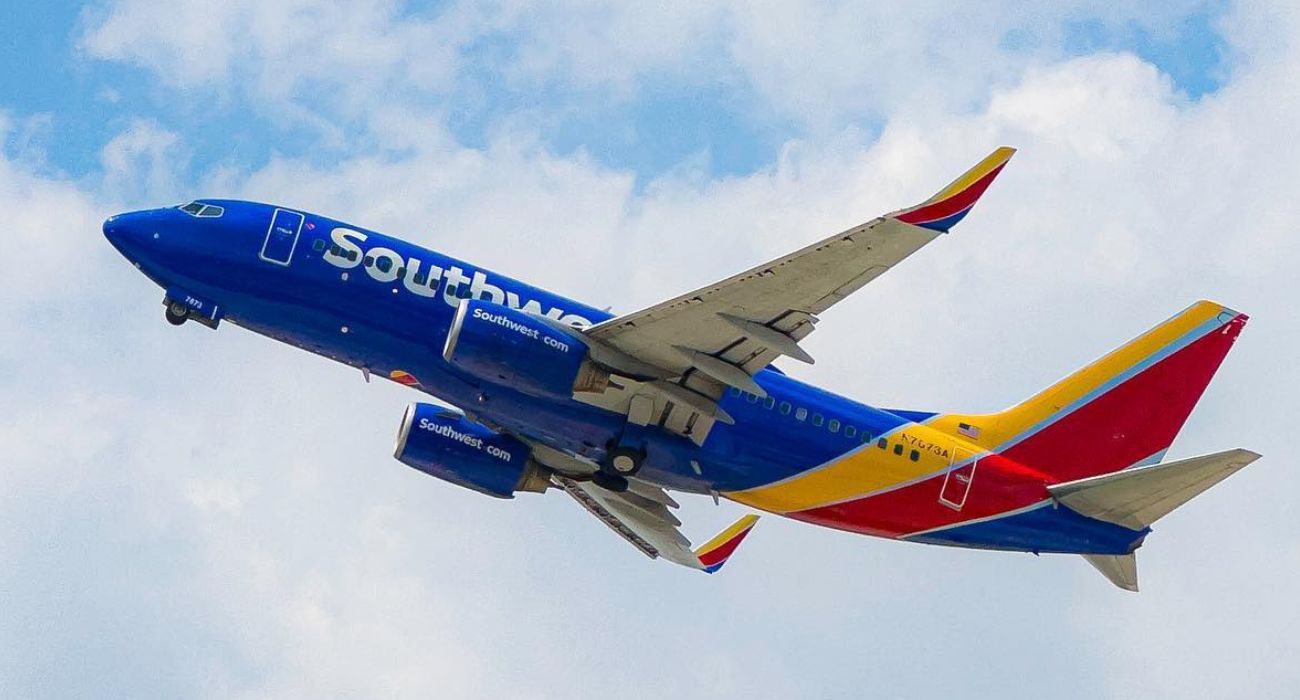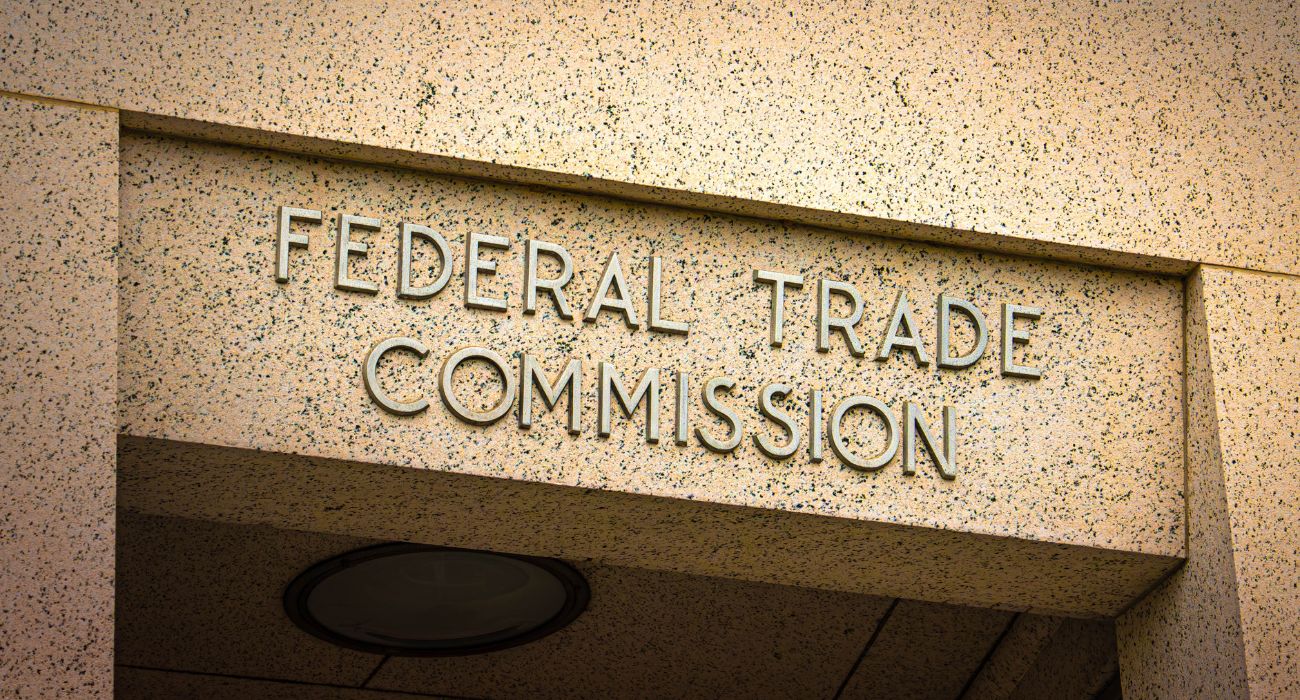Despite a strong showing among shoppers during the holiday season kickoff, November proved underwhelming for retailers in the end.
While bright spots existed, like a 14% annual jump in e-commerce sales on Black Friday, overall, retail sales dropped 0.6% month-over-month in November, the biggest drop since January. Nine of 13 categories slipped, led by a decline in auto sales. Economists anticipated sales to decrease by a much more modest 0.1%.
In October, retail sales were up 1.3% month-over-month and 8.3% annually. October’s surprise increase, however, was likely due to delayed spending following a bottleneck in supply, according to Scott Baker, an associate professor of finance at Northwestern University’s Kellogg School of Management.
While retail sales are up 6.5% yearly, that does not account for the surging inflation plaguing the economy. According to Ted Rossman, senior industry analyst for Bankrate, November’s annual sales growth rate is the slowest since 2020.
Despite strong headwinds –like high-interest rates, inflation, and fears of a recession– consumer spending remains relatively robust. Low unemployment, relatively cheaper energy prices, and improved supply chains have contributed to retailers experiencing relatively healthy sales amid a potentially challenging environment.
Matt Kramer, KPMG’s consumer and retail national sector leader, believes the economy could be reaching a breaking point. Too many aggressive back-to-back interest rate hikes could slow the economy more than intended. It is “resilient to a point,” said Kramer. Eventually, however, “the constant drumbeat of a challenging economy” will impact consumer behavior.
The National Retail Federation (NRF) anticipates that Americans will spend, on average, $832.84 on gifts and other holiday-related items this Christmas. While the figure is roughly in line with recent years, shoppers will likely leave the stores with fewer gifts amid the historically high inflation rate.
After months of empty shelves, retailers increasingly face a glut of inventory. As a result, stores have been pushing promotions heavily lately, and Kramer thinks the final 10 days of the season could bring further discounts.
“You’re seeing a bit of a cat-and-mouse game, and there’s some surgical [price] cuts; but I think these last 10 days it’s going to be very interesting because that inventory overhang is almost a bigger over-arching risk,” he said. “And they do want to keep their loyal customers, they want to excite them and keep them coming back.”
Scott Baker wonders how much cash Americans will have left to take advantage of any end-of-season sales should they arise.
“There’s been this huge amount of pent-up demand and pent-up balance sheet strength that has been starting to unwind, but I think nobody’s quite sure when that’s going to end … and if that residual cash will carry through Christmas,” he said.
Not only that, if the Federal Reserve tightens too much, too quickly, warned Baker, we could see credit card debt rise, further entrenching a contraction. “Hopefully,” the Federal Reserve provides, “a nice feather landing,” said Baker.






